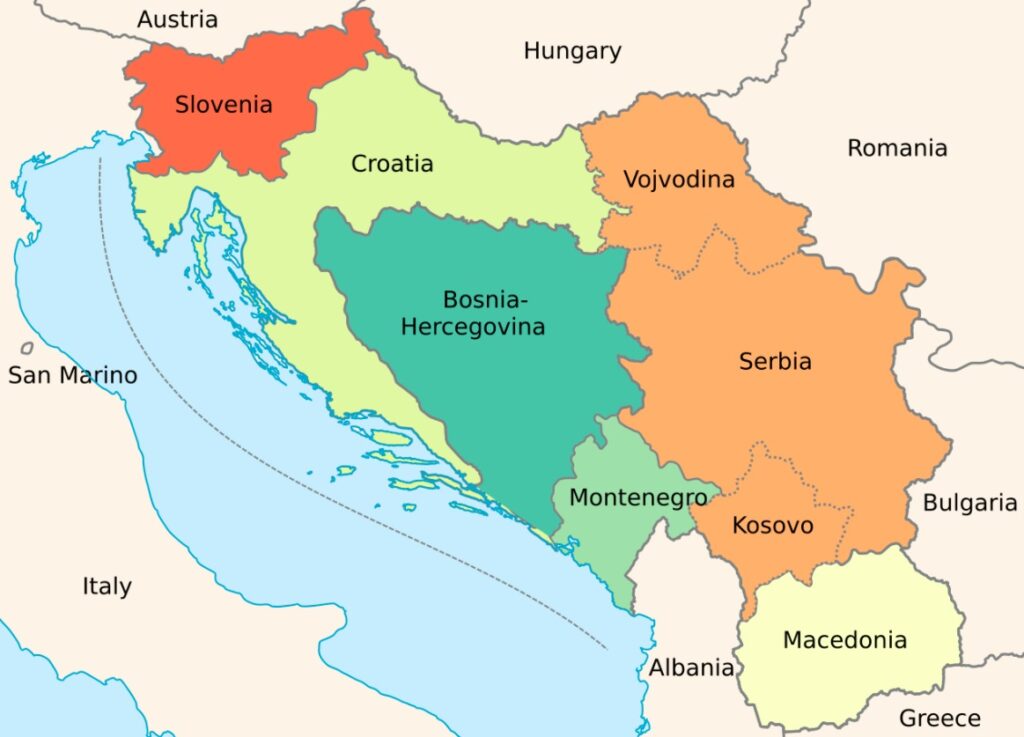Kosovo was a part of Serbia. It was (and continues to be) inhabited predominantly by Albanians. (They are frequently referred to as Kosovars for political reasons.) The United Nations once established the principle that nations ought to be allowed to determine their own destiny, that is to say, whether they want to have an independent state or join a state of their own choice. This principle led to the political action of Kosovo Albanians who rebelled against Serbia; the same principle was used as a pretext by the United States to bomb Serbia for 78 days because Serbs had been allegedly discriminating against Albanians and deserved to be taught a lesson. After Serbia had eventually caved in to American (and Albanian) demands, that is released its grip on the province, in due time Kosovo was recognised as an independent state by a large number of countries, especially those under American domination.

The Donbass (the republics of Luhansk and Donetsk) was a part of Ukraine. It was (and continues to be) inhabited predominantly by Russians. (They are frequently referred to as rebels for political reasons.) Since Kiev began ousting anything that smacked of Russian culture including the Russian language, Ukraine’s two easternmost departments of Luhansk and Donetsk made an act of secession and declared themselves to be independent republics in accordance with the aforesaid principle of the United Nations. A few days ago Russians recognised the independence of the aforementioned republics and began attacking Ukraine in defence of the Donbass inhabitants who had been suffering at the hands of Ukrainians for eight long years.

The attack of the United States on Serbia and the recognition of Kosovo’s independence is said to be good whereas the attack of Russia on Ukraine and the recognition of the independence of the Luhansk and Donetsk Republics is said to be bad.
Why?




